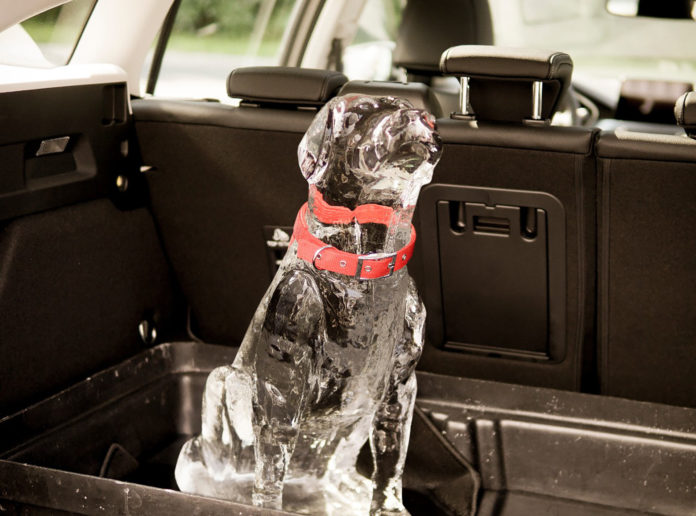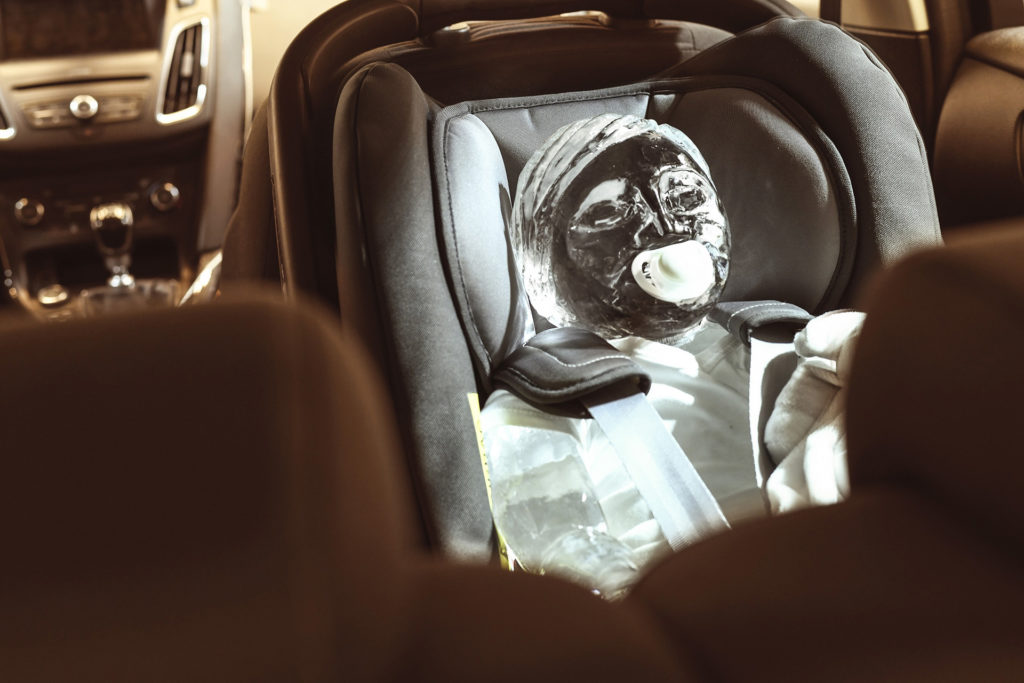
— Children and pets left in hot cars are the source of dozens of tragic deaths worldwide each year —
Whether for camping weekends, day trips to the beach, or taking time out in the countryside, the staycation boom has seen many of us rely on our cars for our holiday getaways.
This summer could see more people driving, rather than use other transport options, due to travel restrictions. However, for some people such trips could lead to tragedy. Every year, children and family pets suffer fatal heatstroke after drivers have left them inside cars, where temperatures can rapidly exceed those experienced outside.
Now, Ford has developed a new technology that is designed to help. Rear Occupant Alert, offers a simple reminder to drivers to check the back seats in those instances when the rear passenger doors have been opened at the start of a journey.
The advocacy group KidsandCars.org identifies leaving children in cars and children being trapped after gaining access to vehicles on their own as major risks of death through hyperthermia (heat stroke) and report that a child’s body overheats three to five times faster than an adult’s.
In the US, there are 39 deaths each year on average, which is one every nine days. Instances in Europe are less common, but deaths have been reported in Ireland, France and Belgium, with passers-by sometimes taking matters into their own hands to try to prevent tragedies from occurring.
Hot weather can also be dangerous for pets left in vehicles. Between 2009 and 2018, the RSPCA had 64,443 reported incidents of animals and heat exposure in England and Wales. According to RSPCA Australia, it takes just six minutes for a dog to die in a hot car.
How it works
Experts advise drivers to “look before they lock” to avoid inadvertently leaving a child or pet in their car. Rear Occupant Alert acts as a reminder on those occasions when the driver has opened the rear passenger doors at the start of a journey. In such instances, the technology is activated after the vehicle has stopped and the ignition turned off.
A visual alert is shown on the vehicle’s centre display for ten seconds or until cancelled. An audible warning is also sounded, reminding the driver to check the rear seats before exiting the vehicle.
As well as alerting to the presence of a child or animal, the system could also remind drivers if they have placed an item of value in the rear, such as a laptop or handbag that may be at risk of theft if left behind.
In Europe, the technology is on EcoSport, Fiesta, Focus, Galaxy, Kuga, Mondeo Hybrid, Puma, S-MAX, Transit and Tourneo Connect models. It is also available on the all-new, all-electric Mustang Mach-E,* which conceals further clever features within its full-length glass roof.
A special glass coating helps the interior of Mach-E models equipped with the optional roof stay cooler in the summer and warmer in the winter. In addition, an inner layer between the glass helps protect against ultraviolet rays.
Ice baby video demonstrates risks
In order to highlight the dangers of hot cars, Ford commissioned an ice sculptor to create both an ‘Ice Baby’ and an ‘Ice Dog’ and then placed them inside a car at its ‘Weather Factory’ facility in Cologne, Germany. Outside the car, the temperature was set to 35°C. But within 19 minutes, temperatures inside the car had risen to 50°C. The ice sculptures started melting immediately.
For the videos, the professional ice sculptor created the likeness of a 12-month-old baby, sucking a dummy and holding a toy, and that of a full-sized Labrador dog, wearing a dog collar, sitting inside a pet crate in the rear of a Ford Focus Wagon.
Testing at the facility, where Ford usually puts its model line-up through a range of environmental tests, demonstrated how the greenhouse effect can affect vehicles. Short wave radiation enters through the windows, bounces off the seats and dashboard and heats up the vehicle.
Rear Occupant Alert comes at a time when pet ownership is booming. Since the start of the Covid-19 pandemic, 3.2 million households in the UK have acquired a pet.
* Mustang Mach-E delivers up to 610 km WLTP homologated pure-electric driving range in rear-wheel drive, extended-range battery configuration.
The declared WLTP fuel/energy consumptions, CO2-emissions and electric range are determined according to the technical requirements and specifications of the European Regulations (EC) 715/2007 and (EU) 2017/1151 as last amended. The applied standard test procedures enable comparison between different vehicle types and different manufacturers.









